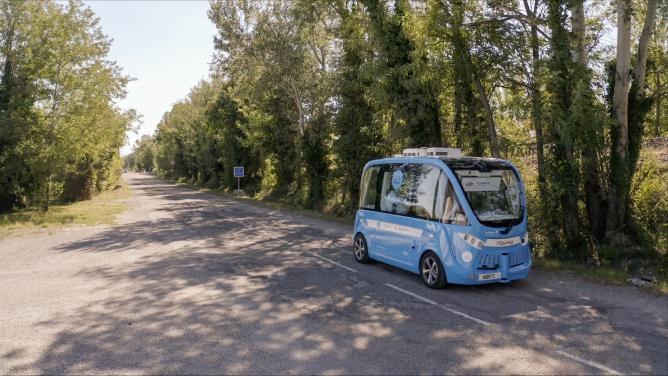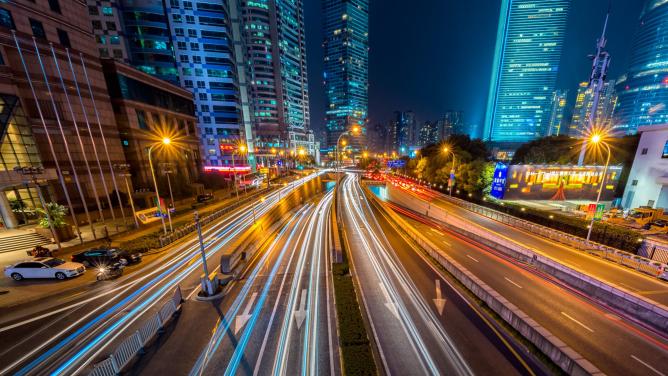While this will raise many challenges, there is also much potential, including a significant freeing up of public space. By overhauling the way we use transport, the autonomous car is likely to make some facilities obsolete.
The usefulness of car parks
In the United States, the University of Wisconsin has a shortage of parking spaces on its campus. This situation puts the University’s directors in a dilemma: should they engage in a costly development project to create new parking areas, at a time when the autonomous car looks set to make parking lots redundant in the medium term (The New York Times)? Indeed, since autonomous vehicles are largely intended to be shared, their development should go hand in hand with the decline of personal cars. While cars stay parked for 90% of the time, shared autonomous vehicles would circulate almost continually to collect new passengers, thus drastically reducing the need for parking. Some analyses (OECD Insights) even forecast that it will eventually be possible to reduce the number of cars by 90% in cities while delivering the same level of mobility as today. What then will become of parking lots? Will they be replaced by green spaces or playgrounds, as has happened in San Francisco (The San Francisco Chronicle)?
The future will be smart…
In this context, the developers and operators of parking sites are not short of ideas and are adapting to these announced transformations by continual innovation. Several companies are already testing smart parking spaces within existing infrastructure: schemes where vehicles are able to park on their own once passengers have alighted (Forbes). This is the theme of a co-innovation partnership between Valeo and Cisco, whose “Cyber Valet” guides autonomous vehicles to their parking point (Leonard). VINCI Airports has partnered with the French start up Stanley Robotics and launched an experimental project at Lyon-Saint-Exupéry. A robotic valet is assigned the role of parking cars, achieving a space saving of around 50% in parking areas (VINCI Airports). Also, tomorrow’s parking lots will be shared parking lots, in other words private properties with parking spaces that are open to the public, following the model that is being trialed by the city of Nantes through its Îlink project (Nantes Métropole, in French).
… and flexible
Today’s architects well understand that parking areas can no longer be designed the conventional way. While residential construction projects still include parking space for individual cars, dedicated spaces are designed to be easily convertible (Los Angeles Times). In addition to reversibility, multi-functionality is gradually becoming a key objective. The company Indigo is thus envisaging parking lots that also offer electric charging infrastructure, or even drive-through grocery store services (Capital, in French)! These types of flexible parking areas will be closely linked to new types of mobility (Le Monde, in French).


